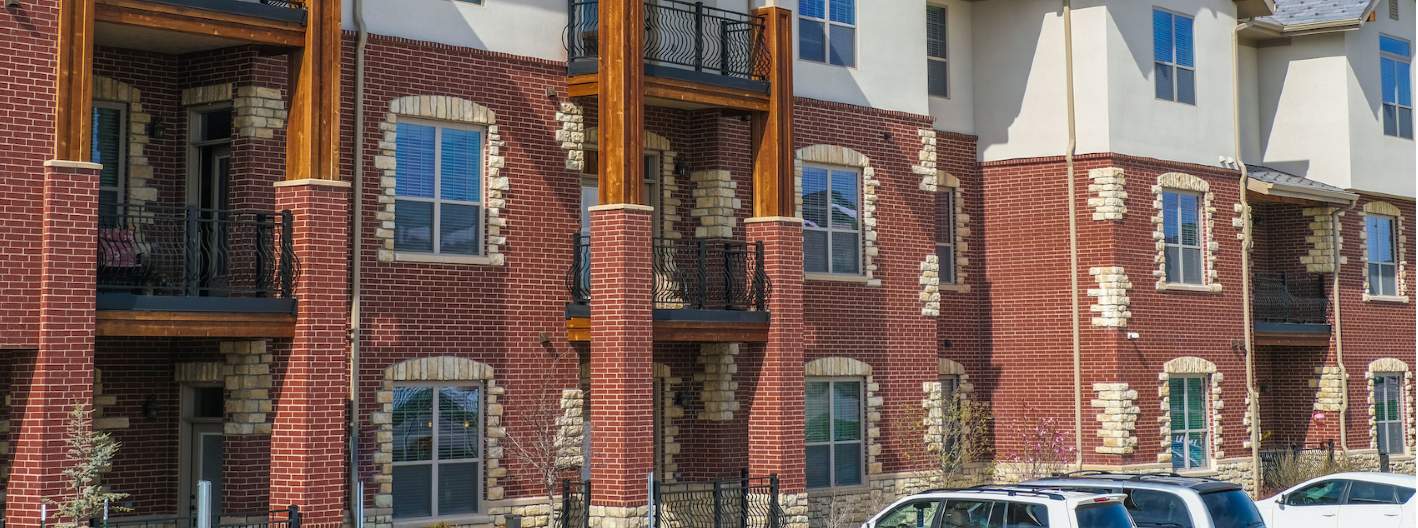Where I’m based in the UK, talk about homes for the over-65s and most people’s default assumption is that you’re talking about assisted living complexes, where residents live independently in their own units with warden support, or nursing homes, which generally provide 24-hour live-in care with residents usually just occupying one or two rooms.
A minority may think about larger retirement living villages, up until the last decade a more common feature in markets such as New Zealand and Australia than in Europe. These complexes tend to offer a variety of diverse housing formats and tenures on one campus, with various sports and leisure amenities, and a sliding scale of care available as required from very light touch to more intensive support.
The reality is that demand for all types of residential housing with an element of care is booming around the world. According to the UN, we’re on track for the worldwide number of over-65s to more than double to 1.5 billion by 2050, with many cities already at a tipping point where those aged 65+ make up more than 20 per cent of their populations.
Putting aside the increased need for the nursing or care home type of residence mentioned above, which have an onus on full medical support and therefore are really a separate specialist asset class, this demographic trend creates a major opportunity for investors in ‘housing with care’. This category incorporates a range of residential formats for older people that, at its core, recognises this generation’s ability and desire to live independently for longer, but also offers the benefits of being part of an organised community.
From independent living housing schemes and retirement villages through to those with light-touch support, such as assisted living or extra care, it’s a gap that needs to be filled. Yet, despite the presence of established operators in some markets, generally as a property sector it is underdeveloped and therefore can become a major alternative sector for investors and developers, as student housing has in recent years.
Just like student housing, housing with care is an operational asset that benefits from a deep and growing demand, a lack of supply in many markets and a consistent and secure rental income.
Being involved in the market does, however, require an understanding of a variety of cultural, regulatory, and operational factors (we explore the different models available and how they suit different geographies in our recent Impacts programme, see below). But with both traditional sale and rental models on offer and an attractive supply/demand imbalance, housing with care presents real estate investors, developers and operators with significant opportunities to diversify from traditional sectors across Europe and beyond.
Further information
Read more: Impacts: Housing solutions for an ageing society

.jpg)





.jpg)


